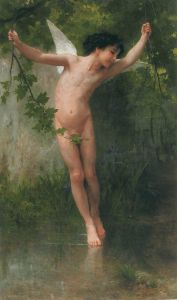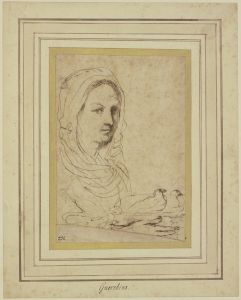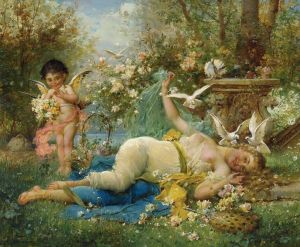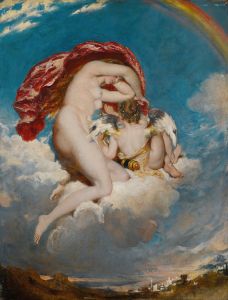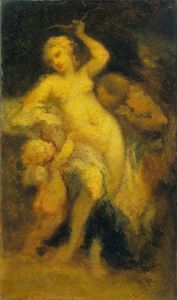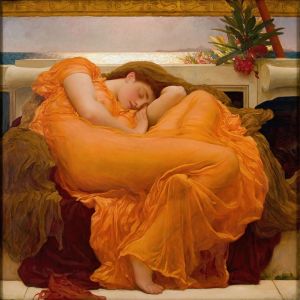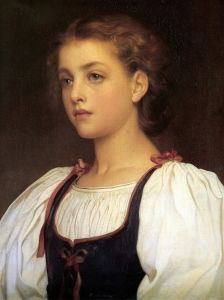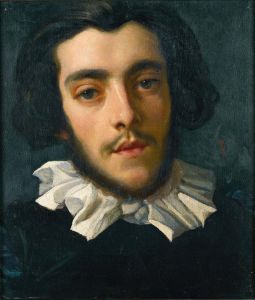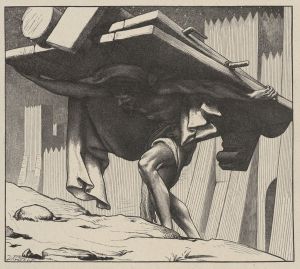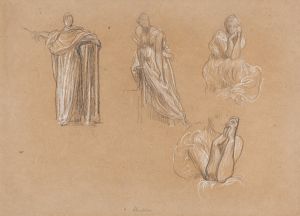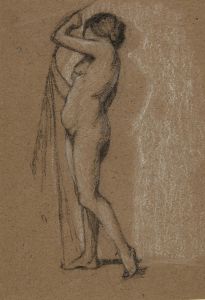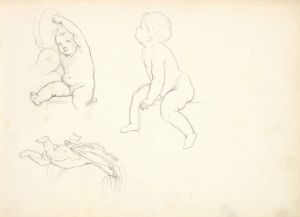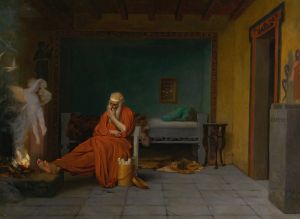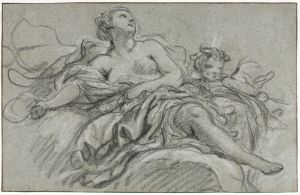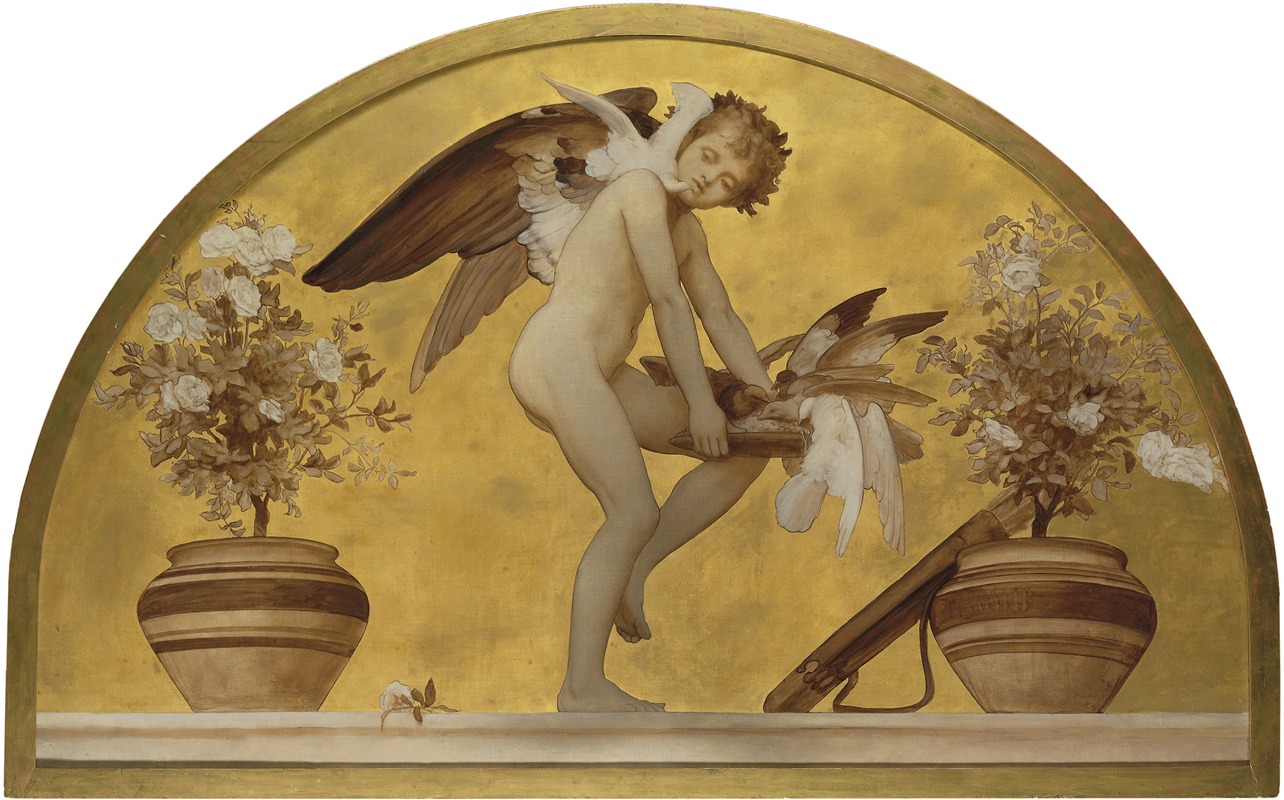
Cupid and Doves
A hand-painted replica of Frederic Leighton’s masterpiece Cupid and Doves, meticulously crafted by professional artists to capture the true essence of the original. Each piece is created with museum-quality canvas and rare mineral pigments, carefully painted by experienced artists with delicate brushstrokes and rich, layered colors to perfectly recreate the texture of the original artwork. Unlike machine-printed reproductions, this hand-painted version brings the painting to life, infused with the artist’s emotions and skill in every stroke. Whether for personal collection or home decoration, it instantly elevates the artistic atmosphere of any space.
Frederic Leighton, an eminent British artist of the 19th century, is renowned for his contributions to the Victorian neoclassical movement. His works often depict classical themes with a focus on beauty and idealized forms. One of his notable paintings is "Cupid and Doves," which exemplifies his mastery in capturing mythological subjects with grace and elegance.
"Cupid and Doves" is a painting that showcases Leighton's skill in portraying mythological figures, a common theme in his oeuvre. The painting features Cupid, the Roman god of love, often depicted as a cherubic figure with wings. In this artwork, Cupid is surrounded by doves, which are traditionally associated with love and are often seen as symbols of peace and harmony. The interaction between Cupid and the doves in the painting highlights a serene and gentle atmosphere, characteristic of Leighton's style.
Leighton's approach to painting was heavily influenced by his academic training and his exposure to classical art during his travels in Europe. He studied at the University of Florence and the Accademia di Belle Arti in Florence, where he was deeply influenced by Renaissance art. This classical education is evident in "Cupid and Doves," where the composition, use of color, and attention to detail reflect a harmonious blend of classical and Victorian aesthetics.
The painting is marked by its delicate brushwork and the soft, luminous quality of the colors. Leighton was known for his ability to render the human form with anatomical precision while maintaining an ethereal quality. In "Cupid and Doves," the gentle curves of Cupid's body and the soft plumage of the doves are depicted with meticulous attention, creating a sense of movement and life within the composition.
Leighton's works, including "Cupid and Doves," were well-received during his lifetime, earning him a prominent place in the British art scene. He was a leading figure in the Royal Academy of Arts, where he served as President from 1878 until his death in 1896. His contributions to art were recognized with a peerage, making him the first artist to be ennobled.
The painting "Cupid and Doves" is a testament to Leighton's ability to blend classical themes with the sensibilities of the Victorian era. It reflects his dedication to beauty and form, as well as his skill in capturing the essence of mythological subjects. Today, Leighton's works continue to be celebrated for their artistic merit and their contribution to the neoclassical movement in British art.
While specific details about the provenance or current location of "Cupid and Doves" may not be widely documented, Leighton's legacy as a master of classical themes endures. His paintings remain influential, admired for their technical excellence and their ability to evoke the timeless allure of myth and legend.





